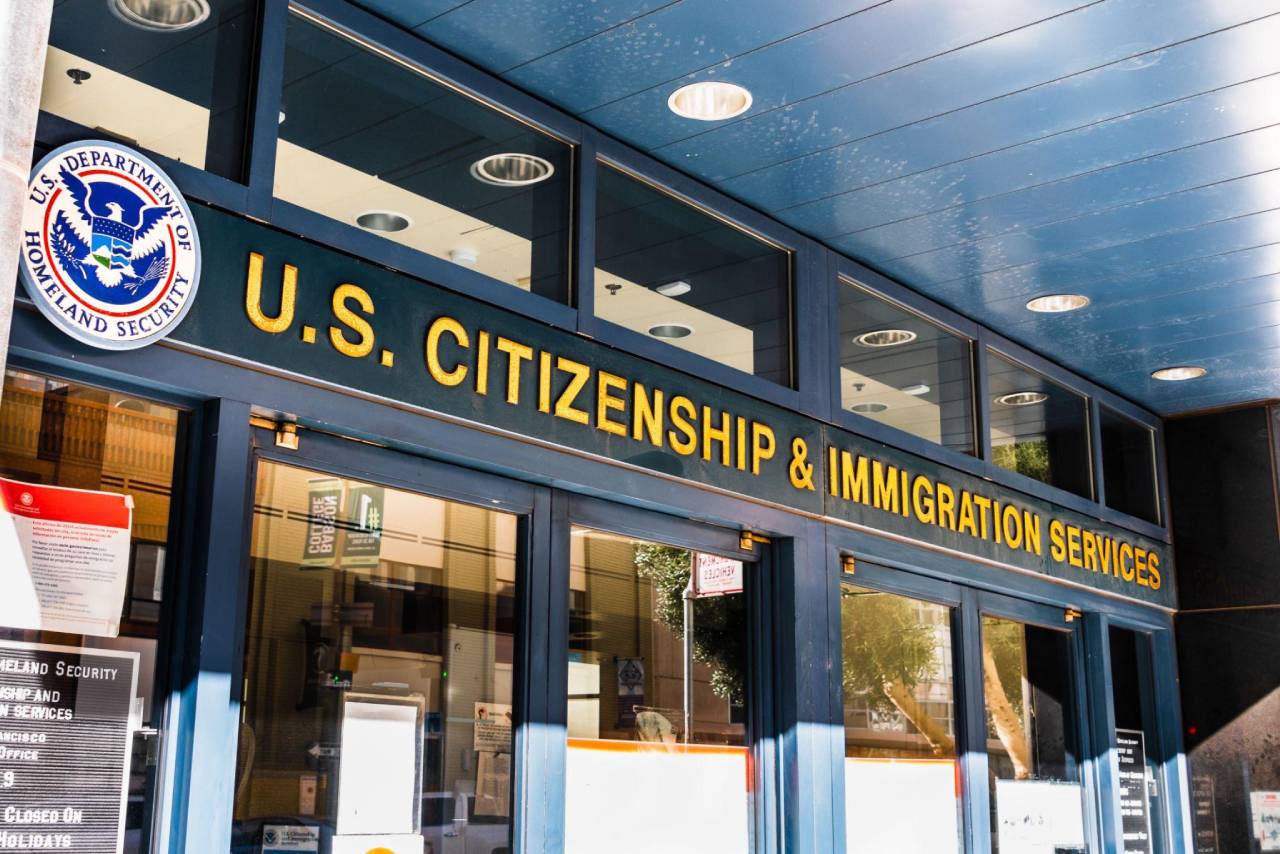
Navigating the Form I-601: Understanding the Waiver of Grounds of Inadmissibility
If you’re applying for a green card or visa in the United States and have been deemed inadmissible, you may be required to file a Form I-601, also known as the Waiver of Grounds of Inadmissibility. The form is used to request a waiver of certain grounds of inadmissibility, which means that you’re asking the US government to overlook a specific reason why you might be barred from entering or remaining in the country.
Here’s what you need to know about navigating the Form I-601 process:
Reasons for Inadmissibility:
There are many reasons why an applicant may be deemed inadmissible, including criminal history, prior immigration violations, health-related issues, and more. If you’re determined to be inadmissible, you’ll need to request a waiver of the specific grounds of inadmissibility that apply to your case.
Form I-601 Requirements:
To file a Form I-601, you must meet certain requirements, including having an approved immigrant visa petition, demonstrating extreme hardship to a qualifying US citizen or lawful permanent resident spouse or parent, and showing that approval of the waiver would be in the public interest. The form must be filed with the appropriate USCIS office and accompanied by the relevant evidence and documentation.
Tips for Filing a Form I-601:
Filing a Form I-601 can be a complex and intimidating process. Here are some tips to help navigate the process:
1. Gather all necessary documentation and evidence: This might include personal statements, medical records, financial documents, and more. Make sure you fully understand what’s required to support your case.
2. Be honest and transparent: The USCIS takes fraud very seriously, so it’s crucial to be honest and transparent throughout the process.
3. Seek professional legal guidance: Filing a Form I-601 can be complicated, so it’s often wise to seek professional legal guidance from an immigration attorney or an accredited representative.
4. Follow up on your case: After submitting your Form I-601, be sure to follow up regularly with the USCIS to check the status of your application and ensure any requested additional documentation is provided.
Conclusion: Filing a Form I-601 can be a challenging process, but it’s an essential step if you’re seeking a waiver of grounds of inadmissibility. By understanding the requirements, gathering the necessary documentation, and seeking professional legal guidance, you can improve your chances of a successful outcome. With the right approach, you may be able to overcome inadmissibility grounds and continue your journey towards obtaining lawful permanent residency or a visa in the United States.
Popular Services
Get In Touch
TRENDING BLOG POST

Preserving Rights and Balancing Interests: Untangling the Legal Fabric of Employment Law

Nurturing Stability and Protecting Loved Ones: Unraveling the Legal Tapestry of Family Law

Preserving Your Legacy: Navigating the Legal Terrain of Estate Planning

Unveiling the Legal Framework of Business: Crafting a Solid Foundation for Success

Navigating the Legal Landscape of Real Estate: Ensuring Clarity, Security, and Protection

